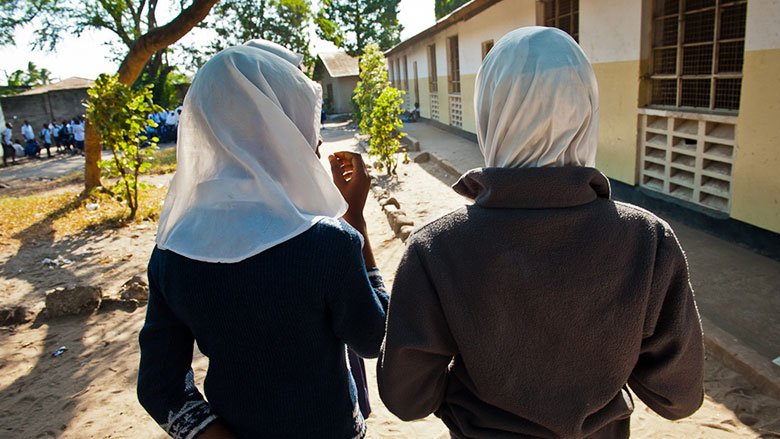“It is encouraging to see the commitment of policymakers to end violence against women and children in Tanzania,” said Mara Warwick, World Bank Country Director. “However, as our studies show, existing efforts such as the National Plans of Action need to be urgently supported by sustainable funding for their implementation. Also, laws that continue to undermine the rights of women and girls to be free from violence and discrimination need to be urgently reformed, such as the Law of Marriage Act whose repeal is still pending.”
The GBV Assessment, along with the Tanzania Gender Assessment 2022, bring together the latest evidence on gender gaps in human endowments, economic opportunities, ownership, and control of assets, and (women’s) voice and agency; and discuss the effectiveness of concrete policy and programmatic interventions that address these underlying drivers. The GBV Assessment focuses on GBV legislation and policies, systems and coordination, and response and prevention programming.
The Gender Assessment was the foundational analytical work supporting the special topic of the recent 17th Tanzania Economic Update: Empowering Women - Expanding Access to Assets and Economic Opportunities, that was launched in March, and discusses how often interrelated drivers of gender gaps in human endowments, access to land and assets, economic opportunities, together with women’s voice and agency often compound each other. While there has been significant progress in boosting women’s human endowments over the past decades, including a decrease in the total fertility rate (TFR) – the average number of children born per women–from 6.2 in 1991 to 4.8 births per women in 2019, the Gender Assessment notes this TFR remains high, above the average of 4.6 for SSA. In addition, significant gender gaps persist at the upper-secondary school level, where there is an average of 78 women enrolled for every 100 men. Drivers of the gender gap at the secondary level are explained by financial constraints at higher education levels, gender norms that prioritize the education of boys over girls, and early marriage and childbirth.
